Top fine motor development resources to buy
- Fine Motor
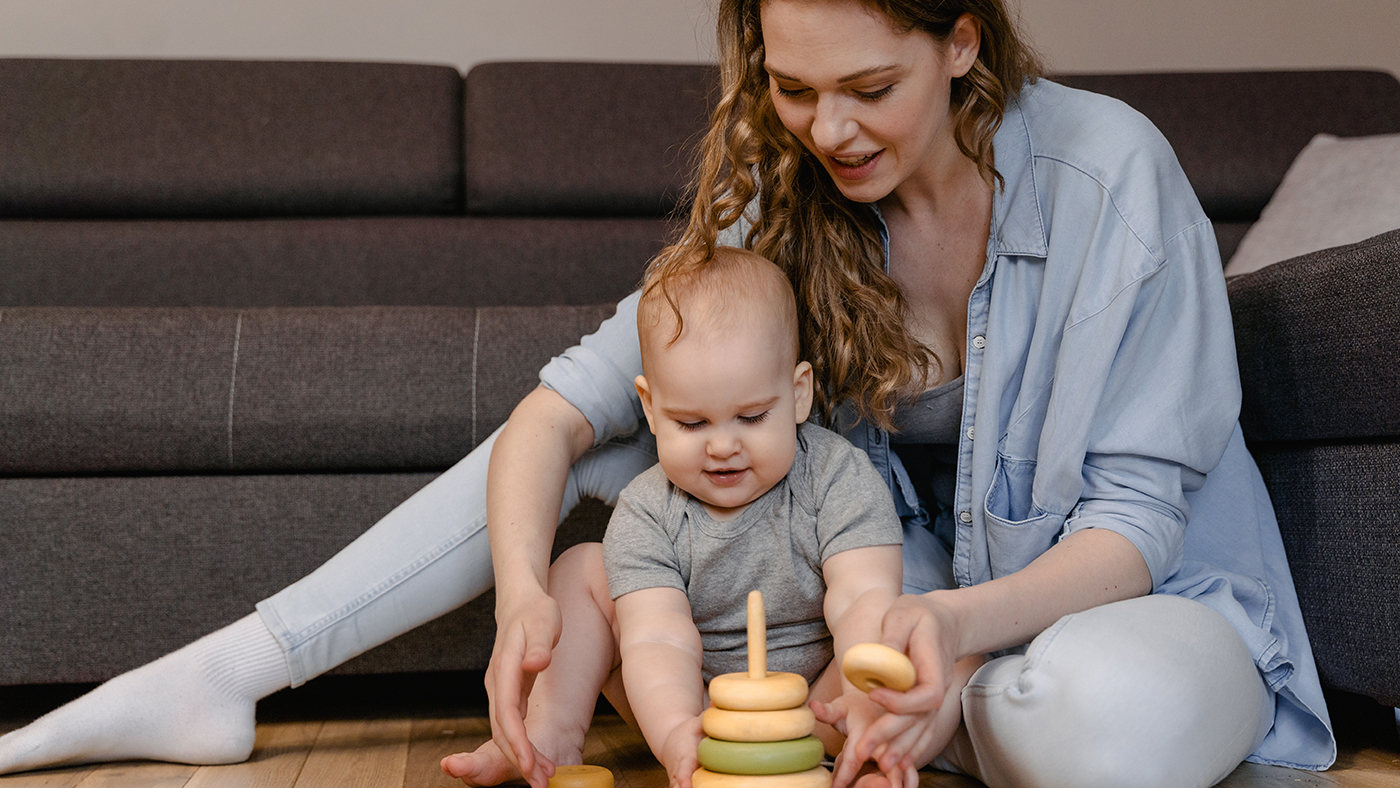
As a parent, it can feel like ‘Fine Motor Skills’ is one of those terms that gets thrown around a lot by experts, but never really gets explained all too well. You might know it to be an essential part of your child’s physical learning (which is most certainly is!), but what even is it anyway? Let’s break it down.
Within the term ‘fine motor development’, ‘fine’ refers to small, intricate movements made with the hands, fingers, feet, toes, tongue, eyes and mouth. This is the opposite of ‘gross motor skills’, which refers to the movement and coordination of the arms, legs, and other large body parts and movements. Gross motor skills are usually learnt first, so make sure that they have had sufficient time to grow and develop these large muscles.
‘Motor’ refers to the actions sent from the brain that requires the body to use the muscles for the desired outcome. All motor action, gross or fine, requires postural control, balance, strength, and muscle tone, among other things. As children practise, revisit, and refine these movements through play, they will develop these motor skills, leading them to eventually be in control of their body and the way it interacts with the world. Make sense?
However, not all children will get their motor skills dead on right away, with some needing some help as they grow. Every child is completely unique, and you may find your little ones growing slower than their peers in some sections. Not to worry, as this is completely normal, and the good news is that it’s easy to provide plenty of play opportunities at home to support the development of these small motor muscles!
You do not need to ‘set up’ activities to support your child’s fine motor journey. This can be done during everyday occurrences, such as mealtimes, nappy changes, and bath time. However, if you’d rather have dedicated appliances and resources to help your child, we’re here to list some great resources you can buy to keep play and learning interesting for your child.
This page contains affiliate links. MFFY may collect a share of sale or some form of commission from the links on this page if you decide to click them and purchase any items.
Early fine motor development
Babies are making their first discoveries about their world and will use their fine motor skills to help them explore textures, grips and different shapes and sizes of objects. At this stage of your baby’s life, many of the fine motor aspects that you notice will be predominantly reflex-based, before moving on to more deliberate movements.
Some of the movements you might see include:
Grasp reflex
Grasping is an early reflex seen in babies. When your baby is grasping, you will spot them clasping their fingers to their palms when they feel something in their hand. This is an involuntary response.
Palmar grasp
Palmar grasp is often seen early on in a baby's fine motor development journey. When your child is using a palmar grasp, they will press objects against their palm, and curl their fingers around it.
Tripod grasp
A tripod grasp is when your child uses their thumb, index finger and middle finger together to pick up objects. This grasp is typically seen when your child is picking up smaller objects.
Finger isolation
Finger isolation refers to the movement of individual fingers. This usually starts with the index finger (located between the thumb and middle finger), which you will notice your child using by itself to point at things in your environment, and this requires many gross and fine motor movements. Large muscles need to be developed for the smaller muscles to be effective.[2] Your baby can now use their gross motor skills to extend and lift their arm from their shoulder, as well as use fine motor skills to stabilize their forearm, wrist and hand in order to point.[1]
Supporting fine motor development for babies
Within the first year of your child’s life, there are lots of ways that your child will explore using their fine motor skills. Below we will investigate some of the ways in which your baby might play and ways you can support these play behaviours.
Bashing
As they are developing and strengthening their hand grip, you might notice your baby exploring the properties of toys and objects by picking them up and bashing them against different surfaces. They might keep hold of the object, or accidentally let go.
The best way you can support this type of play at home is by giving them a pan and a wooden spoon, and embrace the noise!
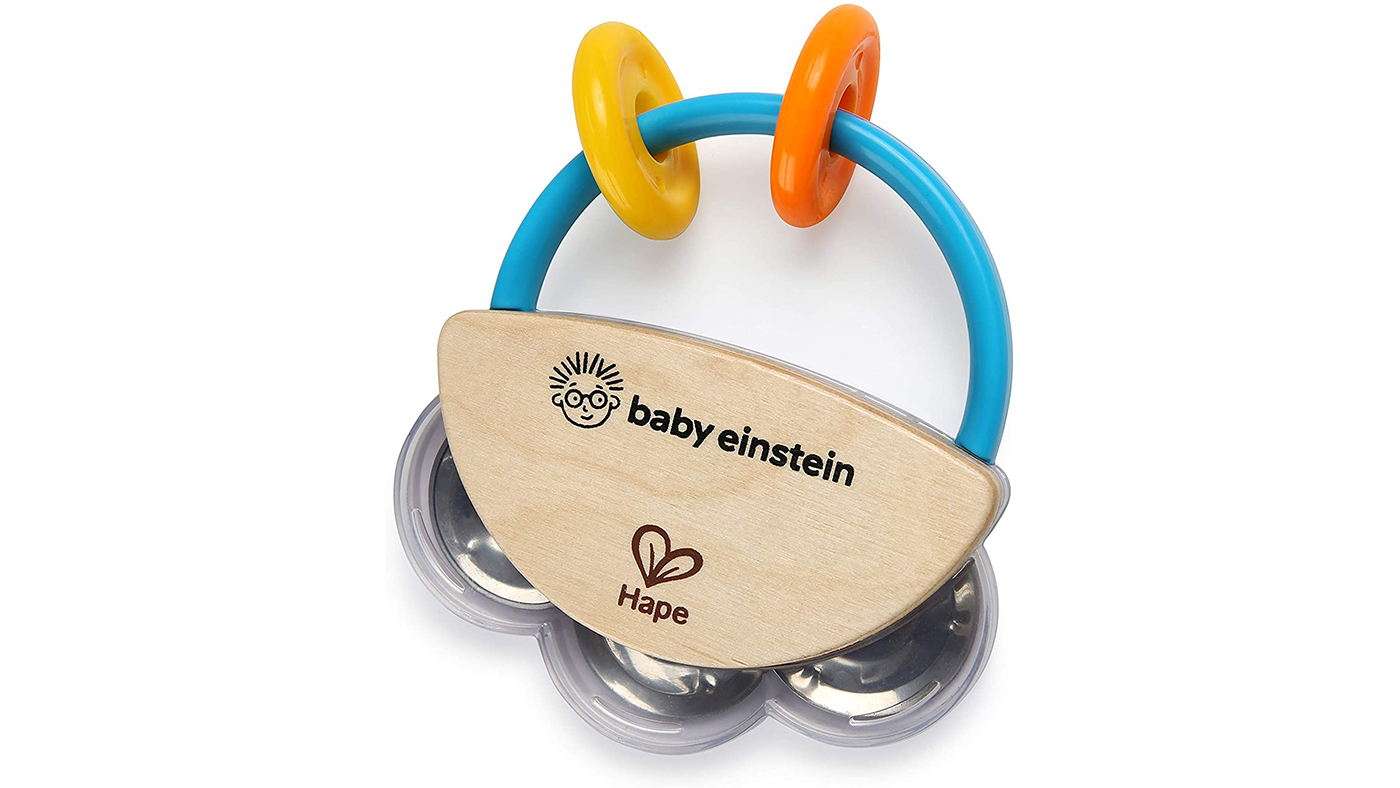
A small drum or tambourine is a fantastic way to encourage this sort of play. You can buy one here: https://amzn.to/3Jts3lE
Dropping
As babies experiment with using different grasps, they will also play around with picking up and dropping objects. You may observe them grabbing onto objects and letting them drop from different heights when playing. They often do this while sitting in their highchair.
You can encourage this sort of play away from mealtimes by creating dropping boxes. To do this, cut a hole into a cardboard box and encourage them to drop objects into the box. Alternatively, you could buy a toy like this: https://amzn.to/3v0yfxh
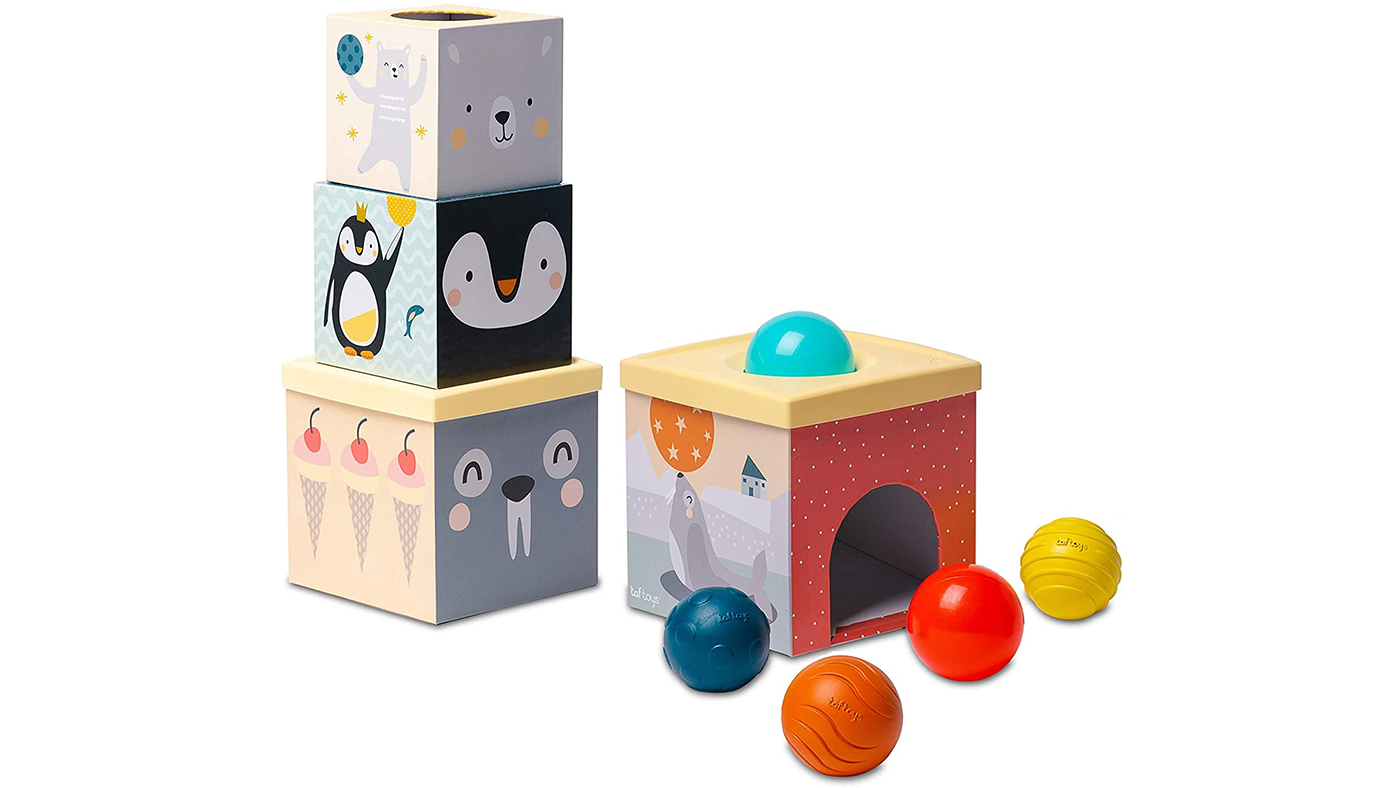
Removing from, and releasing into containers
Children developing their fine motor skills will discover over time that they are able to pick up a variety of different objects and move them into and out of different containers. They might repeat this action during play and their fine and gross motor skills work together to pull, remove, push and lift items. You often find that they love pulling out baby wipes from the packet. You could create a version of this by putting sensory scarves into an old tissue box so they can practise this motion over and over again. They could even try packing them back in! Buy sensory scarves here: https://amzn.to/3LC0OXQ
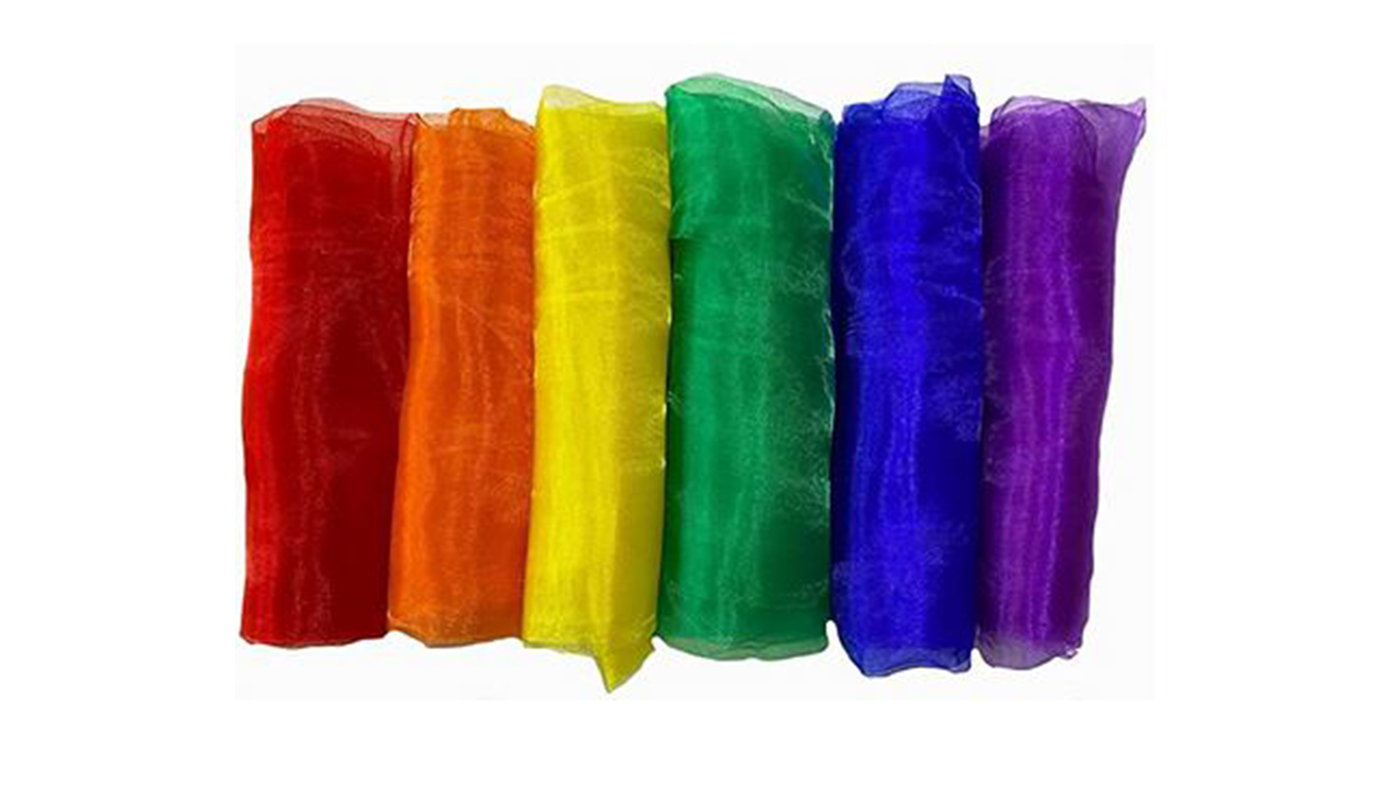
Exploring books
Books are great for supporting development across all areas, but they are especially fantastic for helping young children develop their finger isolation. Books with buttons, holes and flaps are all fabulous for getting your child involved in telling stories, using their hands and isolating their fingers.
One of our favourites is:
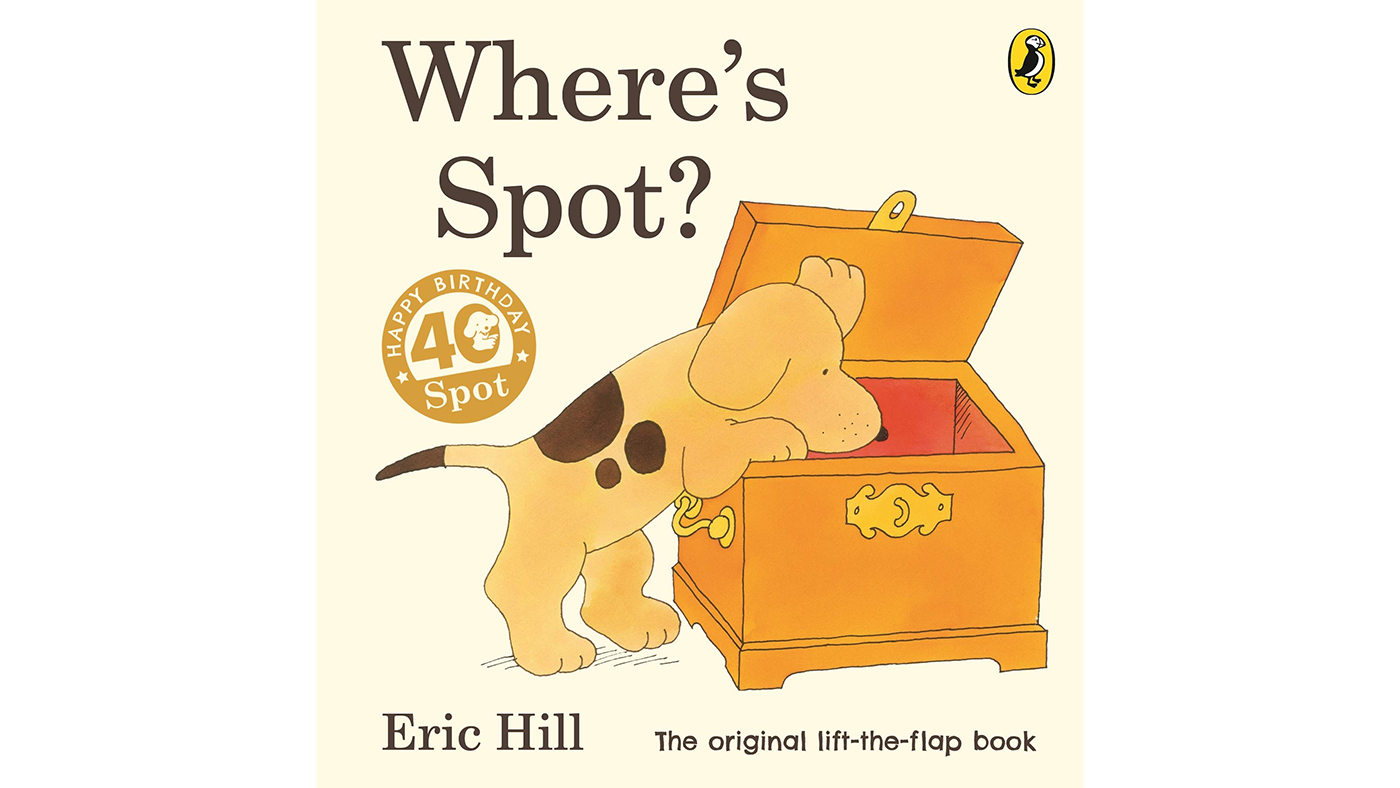
To buy: https://amzn.to/3sP9wJV
Toddler fine motor development
As your child is able to move around more to explore their world, their fine motor skills will be developing further alongside their gross motor, sensory skills and more. Some of the ways in which you might see your child’s fine motor skills develop include:
Early mark-making
Your child will be using their developing grasp to hold on to smaller objects during play, such as chunky crayons and chalks. They will combine their grip with their gross motor skills to make lines and circles.
Adapting grasp
Toddlers will begin to change their grasp depending on the object’s shape, size and texture.
Rotating and turning objects
You may have noticed your child gripping onto objects and turning them, using their wrist and shoulder.
Dominant hand
You may notice your child using one hand more than the other when playing, eating, and mark-making.
Supporting fine motor development for toddlers
Bilateral coordination
Bilateral coordination is when your child is using both sides of their body together to carry out movements. When engaged in activities that support development of this skill, your child’s hands will be crossing their midline. This skill supports children in carrying out activities such as threading and, later, writing using pencils.[1]
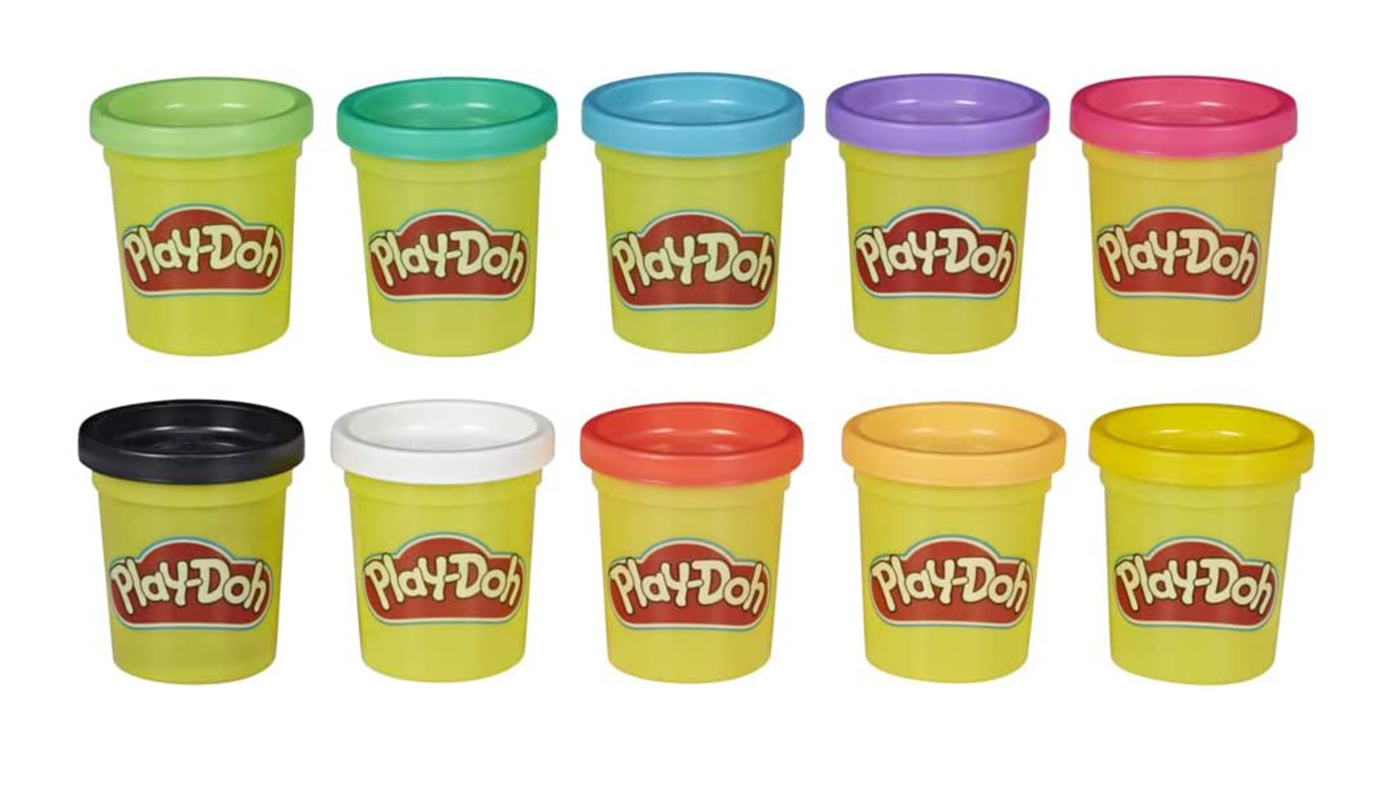
Playdough is a fantastic resource for children who are developing their bilateral coordination skills. Encourage your child to use both hands when rolling it, squeezing it and ripping it apart to make new shapes.
To buy: https://amzn.to/3532p8m
Pincer grip
Pincer grip is often first seen in babies, but this skill continues to refine and develop throughout early childhood. A pincer grip involves using a thumb and finger to hold small items with precision.[4] This skill supports early writing, as well as threading, mark-making and self-care, such as self-feeding.
There are many activities and everyday objects that can support the development of a pincer grip with young children, but if you want a specific toy to nurture this skill, nuts and bolts construction sets are great.
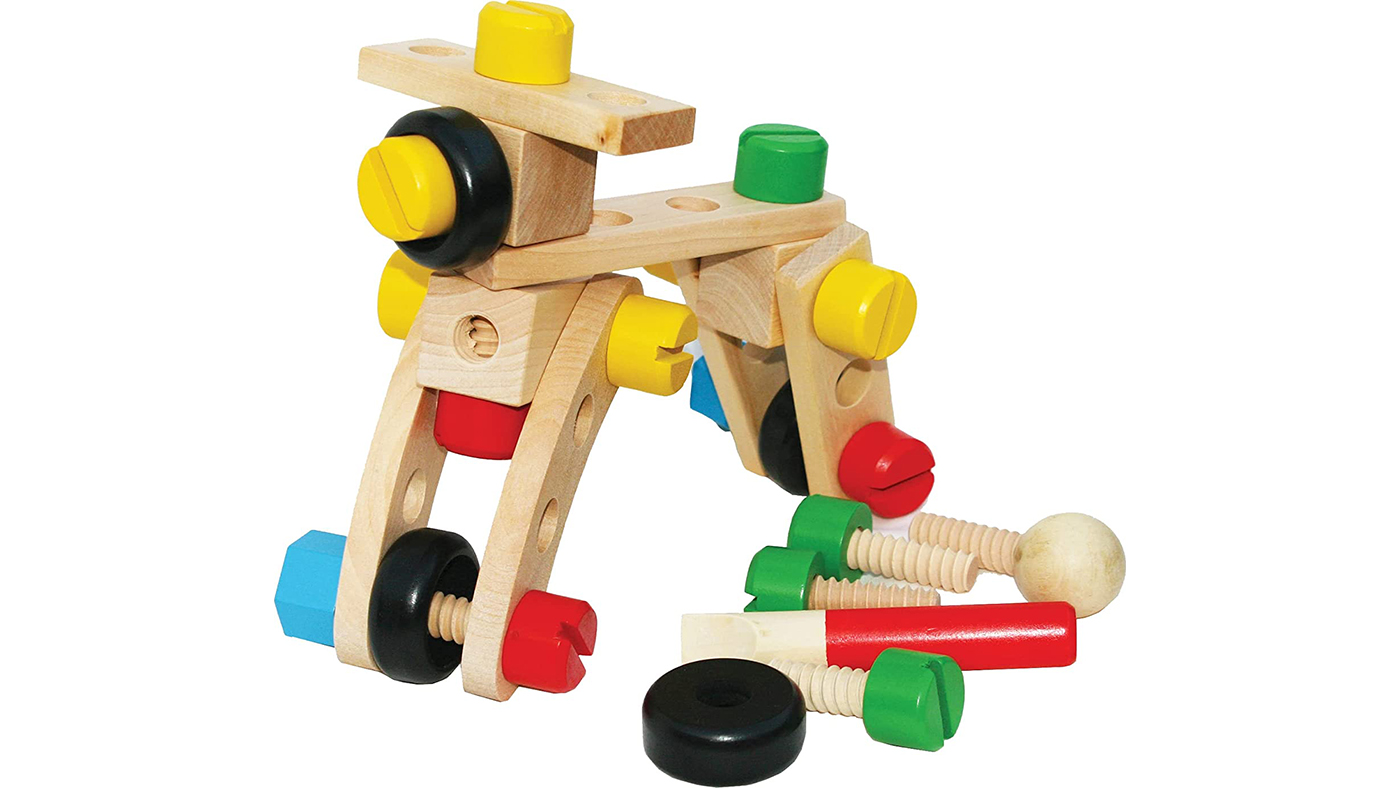
As well as encouraging a pincer grip by holding onto the different shaped objects, your child will be using wrist motions to twist and turn the nuts and bolts.
To buy: https://amzn.to/3vfoYBO
Pre-schoolers fine motor development
Around this age, many children will have grown in confidence when it comes to fine motor skills. Often, pre-schoolers will be seeking out and engaging with fine motor-based activities that they personally enjoy.
Scissor skills
Lots of children may begin to show an interest in using scissors to cut different materials such as paper or card. They may need some support with this.
Accurate pencil grip
A lot of children will have had some experience using writing and drawing tools, and will be more comfortable using them.
Handling small objects
Many children will be able to successfully handle more intricate and complicated objects during play, adapting their grip and pressure to do so.
Supporting fine motor development for pre-schoolers
Writing and making marks
Many pre-school children are exploring a range of writing tools, and may even be beginning to write letters or numbers for the first time. To support taking these steps, children will need to be confident using a tripod grip to hold the tools comfortably. Also, when it comes to early writing, it is important to find tools that suit your child – have a go at using different shaped and sized products to see what works.
Easy grip pencils
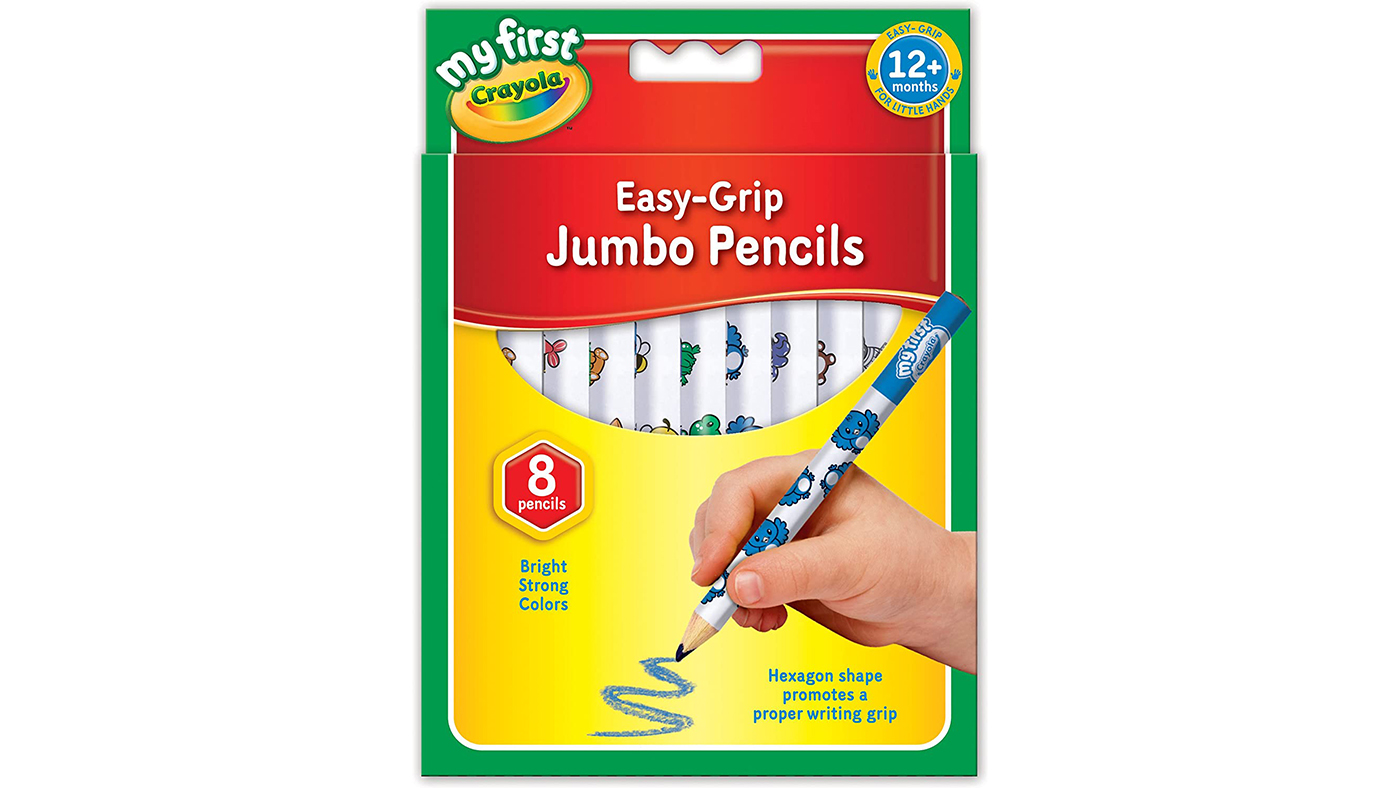
Pencils with an easy grip are fantastic for children who are getting used to handling writing tools at home. If your child prefers different mediums, easy grip chalks and crayons may also come in handy.
To buy: https://amzn.to/3ta2lMw
Finger precision
At this time, children will be starting to become more precise and purposeful with their hand and finger movements. You may observe your child wanting to take part in more “fiddly” activities at home – they might like helping you prepare food using cutlery, or they might try to thread daisy chains when playing outside.
Craft kits
A lot of craft materials can be found at home, for instance, you could use bits and bobs like bottle lids and twigs for collages anything that contains small pieces are fantastic for getting children used to handling a variety of sizes, shapes and textures with their fingers.
References:
[1] NHS Children's Services. (2021). Development Timelines. Available: https://childrenandfamilyhealthdevon.nhs.uk/occupational-therapy/toolkits/development-timelines/.
[2] Joanne Lewsley, Gemma Caton. (2019). Developmental milestones: grasping. Available: https://www.babycentre.co.uk/a6578/developmental-milestones-grasping.
[3] NHS Children and Young People’s Occupational Therapy Service. (2018). Gross Motor Skills. Available: https://www.nhsaaa.net/media/5715/20181011grossmotor.pdf.
[4] NHS Children and Young People’s Occupational Therapy Service. (2022). PART 2 Children’s Occupational Therapy Early Years Resource Pack. Available: https://childrenshealthsurrey.nhs.uk/application/files/9715/4410/2391/Occupational_Therapy_early_years_resource_pack_part_2.pdf.